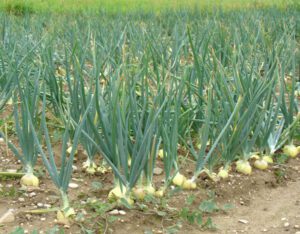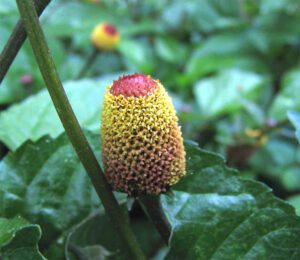Castle gardens are the glorious symbol of our ancestors. These exquisite landscapes, nestled within the walls of ancient fortresses, evoke a sense of wonder and transport us to a bygone era of royalty and romance.
Here we are trying to discuss more about what is castle garden, the magical allure of castle gardens, their historical significance, design elements, and the stories they whisper through time.

What is Castle Garden?
Before discussing more about castle gardens, we have to be clear about what is castle gardens? Actually, “Castle Gardens” could refer to multiple places around the world, as there might be various locations with similar names. However, one notable location known as Castle Gardens is located in New York City, specifically in the Financial District of Manhattan.
Castle Gardens, also known as Castle Clinton, is a historic fort located in Battery Park. It was initially built as a defensive fort in the early 19th century, serving as a stronghold and immigration processing center during the 19th and early 20th centuries. It was one of the country’s first immigrant processing stations before Ellis Island took over that role.

Design And Types of the Castle Gardens
One of the defining features of castle gardens is their meticulous design, which often reflects the architectural style of the castle itself. Some gardens are much beautiful and well planned than the modern gardens.
Symmetry, geometry, and precise lines create a sense of order and elegance, while pathways meander through the gardens, inviting visitors to explore hidden corners and secret alcoves.
1. Formal Gardens
Many castle gardens exhibit a formal design characterized by geometric patterns, hedges, and precisely aligned pathways. These gardens often include features like parterres—elaborate patterns of flowers and shrubs—and reflecting pools that mirror the grandeur of the castle. Formal gardens were most common.
2. Terraced Beauty
Castle gardens situated on sloping terrain often feature terraced landscapes. These terraces not only create visual interest but also offer breathtaking views of the surrounding countryside.
3. Herb and Knot Gardens
Reminiscent of medieval times, herb and knot gardens offer a glimpse into the practicality of the past. These gardens showcase meticulously arranged beds of culinary and medicinal herbs, often shaped into intricate patterns known as “knots.”
4. Maze and Labyrinth Gardens
Some castle gardens boast mazes and labyrinths, designed to intrigue and challenge visitors. These elaborate designs serve both as entertainment and as symbolic representations of life’s twists and turns.
5. Roses and Romance
Roses, with their timeless symbolism of love and beauty, are a common feature in castle gardens. Climbing roses adorn trellises, while rose beds emit intoxicating fragrances, enveloping visitors in a romantic ambiance.

Hope this small article has helped you learning about castle gardens. Please share this post with your friends and family members. Good luck & May God bless you!






